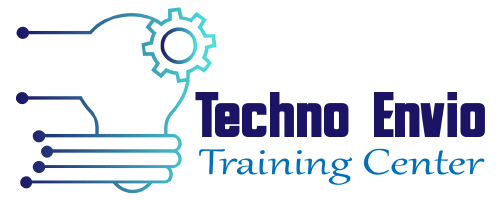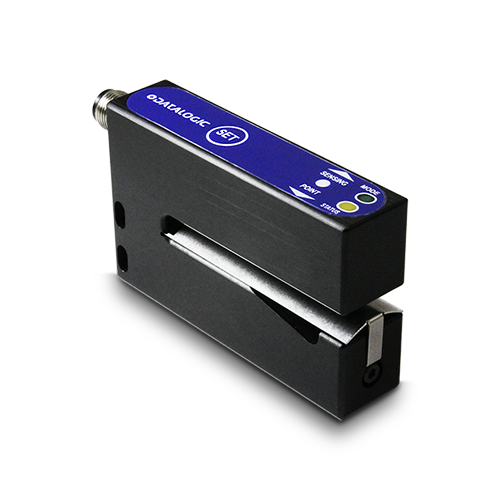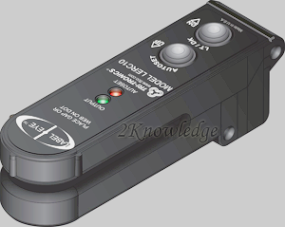A label sensor is a tool that can keep an eye on and notify you when your items are not being labelled correctly. These can identify mistakes in the label’s flawless positioning on the intended object or in its high-quality printing.
Label sensors are necessary for packing and packaging lines; installing them as a component of the production line will improve the quality of the finished product.
label sensors Types of photoelectric sensors
Photoelectric sensors, also known as optical sensors, function by emitting a light beam that is reflected by the item that has to be detected. Another way to put it would be that they use a laser beam to find objects.
Its primary uses are found in the industrial sector, where it is extensively employed. Comparable to “artificial eyes,” these sensors are vital for performing automation procedures that require accurate, non-contact target location or status detection.
These visual label sensors are highly renowned for their quick speeds, excellent resolution, and small sizes, which make it simple to install them directly on necessary machinery.
Although the primary uses of photoelectric sensors are label detection and monitoring, their great potential and diversity allow for a wide range of other applications that might revolutionize your manufacturing process.
Other types of photoelectric sensors
Special-purpose in label sensors
A quick and precise photoelectric sensor is essential for industrial automation workers that deal with sticky labels. What about usability, though?
Production will be slowed down if the label sensor needs to be adjusted often while moving between different kinds of sticky labels. Because of this, TRI-TRONICS focuses on creating long-lasting, user-friendly products.
The label eye is the only option when it comes to label sensors. A specialized gap or slot sensor called the Label-Eye is made to recognize adhesive labels stuck to a roll of backing paper. The “gap” between the labels and the adhesive roll is detected by the label eye. For several reasons, the Label-Eye has been a widely used option in label sensing.
Quick Setup
You may start using the Label-Eye in a matter of minutes after installing it. The fact that setting it up only requires pressing a single button is among its most alluring qualities. Screwdrivers are not required for setting adjustments. To use transparent labels, just hit the “Translucent” button; for opaque labels, set the label gap in its designated location and select the “Normal” button.
Simple-to-Read Display
The label-eye has just two buttons and two LED lights. The auto-set and output indicators are complete when shown by the two LED lights. The center of detection is conveniently situated in the middle of the Label-Eye logo for user convenience.













